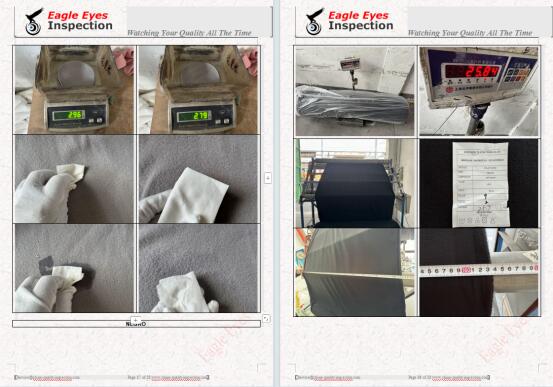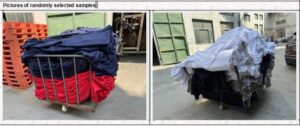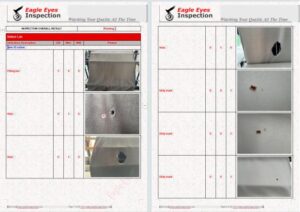
Key Inspection Methods and Procedures for Jining Fabrics
1. Pre-Inspection Preparation
Review Specifications: Confirm fabric type, composition, weight, width, color, and other technical requirements against purchase orders (PO) and tech packs.
Sampling: Select samples randomly according to AQL (Acceptable Quality Level) standards (usually ANSI/ASQC Z1.4 or ISO 2859-1).

2.Visual Inspection
Defect Identification: Check for stains, holes, snags, weaving defects, uneven dyeing, or printing errors.

Color Consistency: Compare against approved swatches under standard light (D65 or TL84).
Pattern Alignment: Verify pattern matching (if applicable).
3.Physical & Functional Testing
Fabric Weight: Measure GSM (grams per square meter) using a precision scale.

Width & Length: Ensure compliance with specifications.
Shrinkage Test: Wash/dry per AATCC or ISO standards, then measure dimensional changes.
Colorfastness: Test for rubbing (dry/wet), washing, light, and perspiration resistance (AATCC/ISO methods).
Tensile & Tear Strength: Use a tensile tester (ASTM D5034/D5587).
4. Chemical & Safety Compliance
Restricted Substances: Test for harmful chemicals.
5.Packaging & Labeling Check

Packing Integrity: Confirm rolls/plies are properly folded, wrapped, and moisture-protected.
Label Accuracy: Verify batch numbers, composition, care instructions, and compliance with import regulations.
6. Final Documentation & Reporting
Inspection Report: Document defects (critical/major/minor), test results, and pass/fail status.
Photos & Retention Samples: Keep evidence for disputes.
This structured approach ensures fabrics meet quality, safety, and contractual requirements before shipment.
Note: Adjust AQL levels (e.g., 2.5 for normal inspection) based on buyer-seller agreements.



